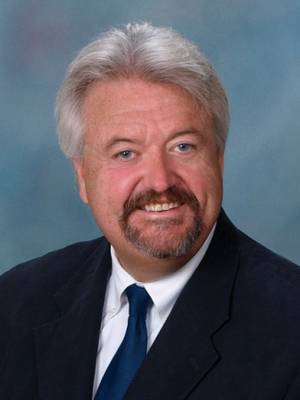The recent
release of the Institute
of Medicine’s report
“Epilepsy Across the Spectrum: Promoting Health and Understanding” provides a
broad view of gaps in epilepsy diagnosis, treatment, and professional and
public education about this spectrum of disorders.
The report provides a
glimpse of where the epilepsy community needs to be in the future. I’m not sure
that all of the recommendations are attainable in the immediate short term, but
I do think that the report has laudable goals as epilepsy is sure to become an
increasingly important health issue. It’s well known in the epilepsy world that
the elderly are disproportionately represented. As the population in the United States
ages and the number of baby boomers expands, they will require more care and
epilepsy services, not less. This tells me that the estimates in the report of
how many people have or will have epilepsy may be low. Certainly, if it’s not an
underestimate at this time, that number is certainly going to rise as the baby boomers
age.
Currently and
historically, there are certain images that are brought forth when you make the
diagnosis of epilepsy. There are all kinds of misconceptions about the
terminology. I think that standardizing the terminology used to discuss
epilepsy – as recommended in the report – will go a long way toward improving
understanding in providers, families, and persons with epilepsy.
While the committee
recommends looking at the prevention of epilepsy, I think that we have a long
way to go with regard to prevention. There are many modes of prevention.
Preventing injuries in high-impact sports such as football or motor sports is
one way of preventing epilepsy. However, prevention could take place in other
contexts after focused research. If two people present with seizure behavior,
we need to understand more fully why one person progresses to epilepsy and the
next person does not. If we can discern some of those factors, which I don’t
think are very well known at this time, we could prevent the development of
chronic seizures or epilepsy. We’re in our infancy in regard to that.
The report also
recommended epilepsy education for health professionals. Epilepsy is one of the
primary reasons for seeing a neurologist, but for the primary care provider or
other specialists, the number of people with epilepsy in their practice is
likely minimal. Most physicians can potentially manage a well-controlled
epilepsy patient, who is doing well taking a single medication and not having
any problems. However, in cases in which epilepsy is suspected but yet undiagnosed
or there’s intractability of seizures, a focused subspecialty evaluation should
be considered. This group may represent a significant portion of people with
epilepsy. No one would expect the family practitioner or the internist to care
for these complex individuals with medically refractory epilepsy who are taking
multiple medications, experiencing complex social challenges, or requiring a
surgical evaluation.
The committee also
emphasized and advocated for removing the considerable stigma associated with epilepsy
and raising public awareness of this spectrum of disorders. Right now, epilepsy
doesn’t seem have a champion for the disorder who has the cache to help raise
public awareness. The IOM report points out this often overlooked aspect of the
illness. Succeeding in the recommendation alone will go a long way to improving
the lives of people with epilepsy.
Dr. Joseph F. Drazkowski is with the department of
neurology at the Mayo Clinic, Scottsdale,
Ariz. He is the program director of
the Mayo’s fellowship in clinical neurophysiology, EEG, and epilepsy. He also
directs the EEG laboratory and codirects the epilepsy monitoring unit at the
Mayo Clinic Arizona.
His research interests have been focused primarily on social issues that
confront patients with epilepsy (especially driving and quality of life).


